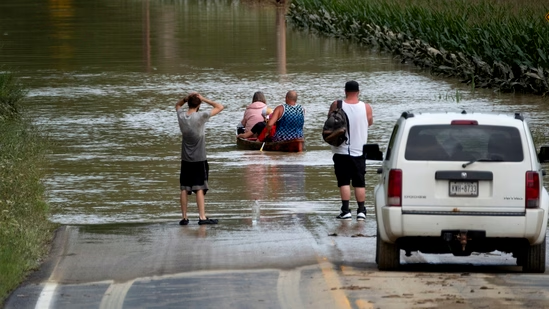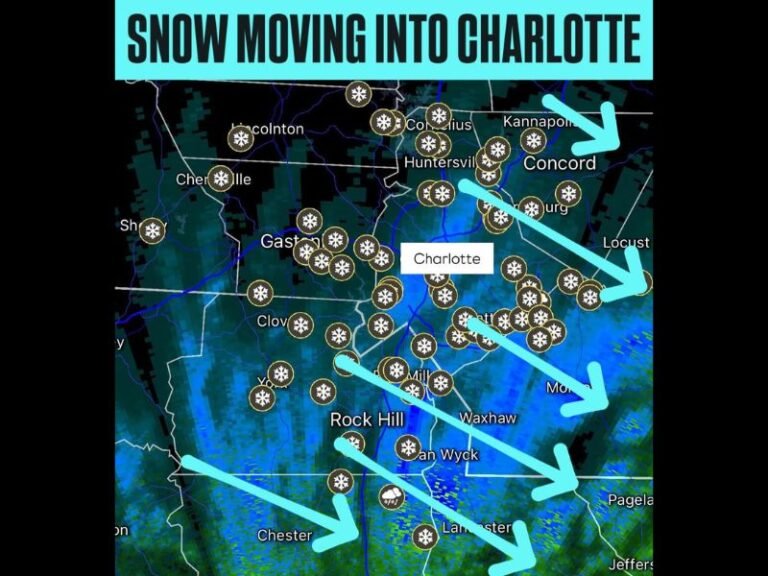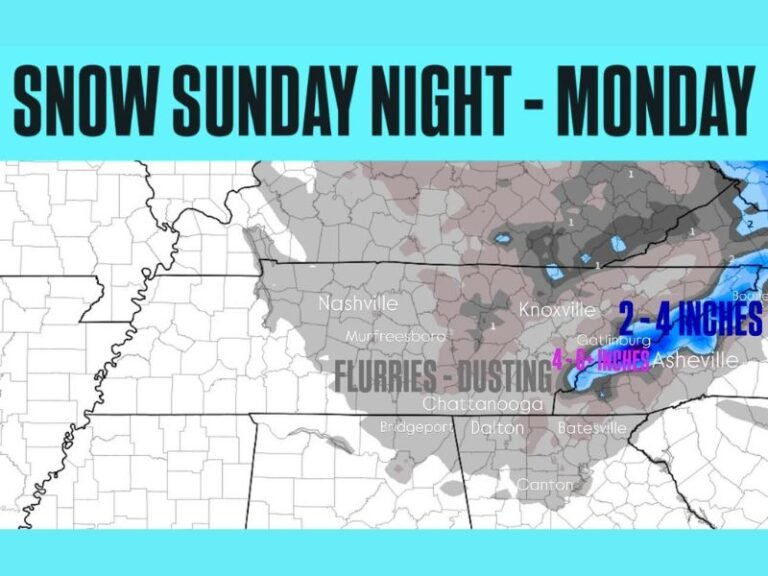Flood Advisory Issued for Eastern North Carolina Through Early Friday Morning
EASTERN NORTH CAROLINA — The National Weather Service (NWS) has issued a flood advisory for several counties in Eastern North Carolina through 4 a.m. Friday, citing concerns over excessive rainfall and minor flooding in low-lying areas.
The alert, released just before 1 a.m. Friday by the NWS Wakefield office, covers Camden, Currituck, Gates, Pasquotank, and Perquimans counties. Local residents are advised to stay alert, especially overnight, as flooded roads and poor visibility can pose significant dangers.
NWS Warns: Turn Around, Don’t Drown
The advisory urges caution, particularly during nighttime hours when it’s more difficult to identify water-covered roads.
“Flooding caused by excessive rainfall is expected,” NWS officials stated.
“Turn around, don’t drown when encountering flooded roads. Most flood deaths occur in vehicles.”
Low-lying areas and places with poor drainage are especially vulnerable to minor flooding, and emergency responders caution residents against staying in flood-prone zones when waters begin to rise.
Safety Tips During Flood Conditions
Residents living in flood-prone areas or camping in lowlands should seek higher ground immediately. The NWS recommends:
- Evacuate if advised and lock your home when leaving
- Disconnect utilities and appliances if there’s time
- Avoid basements or rooms with submerged outlets
- Stay away from water with visible electrical hazards
- Don’t walk through flood waters — just 6 inches can knock you down
If you become trapped by moving water, move to the highest point possible and call 911 if able.
Road Hazards and Rainy Driving Conditions
Flooding risks increase during heavy rain, and even 12 inches of rushing water can carry away most vehicles.
Safe Driving Tips in Wet Weather:
- Use headlights, even during the day
- Drive in middle lanes, where water is less likely to pool
- Avoid puddles that could cause hydroplaning
- Maintain distance from large vehicles due to spray
- Never drive through standing water — turn around instead
Understanding Hydroplaning and How to Recover
Hydroplaning occurs when a vehicle slides uncontrollably across wet pavement. It’s caused when water builds up faster than tires can push it aside, creating a thin water layer between the tires and the road.
Main causes of hydroplaning include:
- High speed
- Deeper water
- Worn tire tread
If your vehicle hydroplanes:
- Ease off the accelerator
- Turn into the skid
- Wait for tires to reconnect with the road
- Brake gently, depending on your braking system
Are you seeing flooding in your neighborhood? Share your photos, tips, or road closures at SaludaStandard-Sentinel.com.







